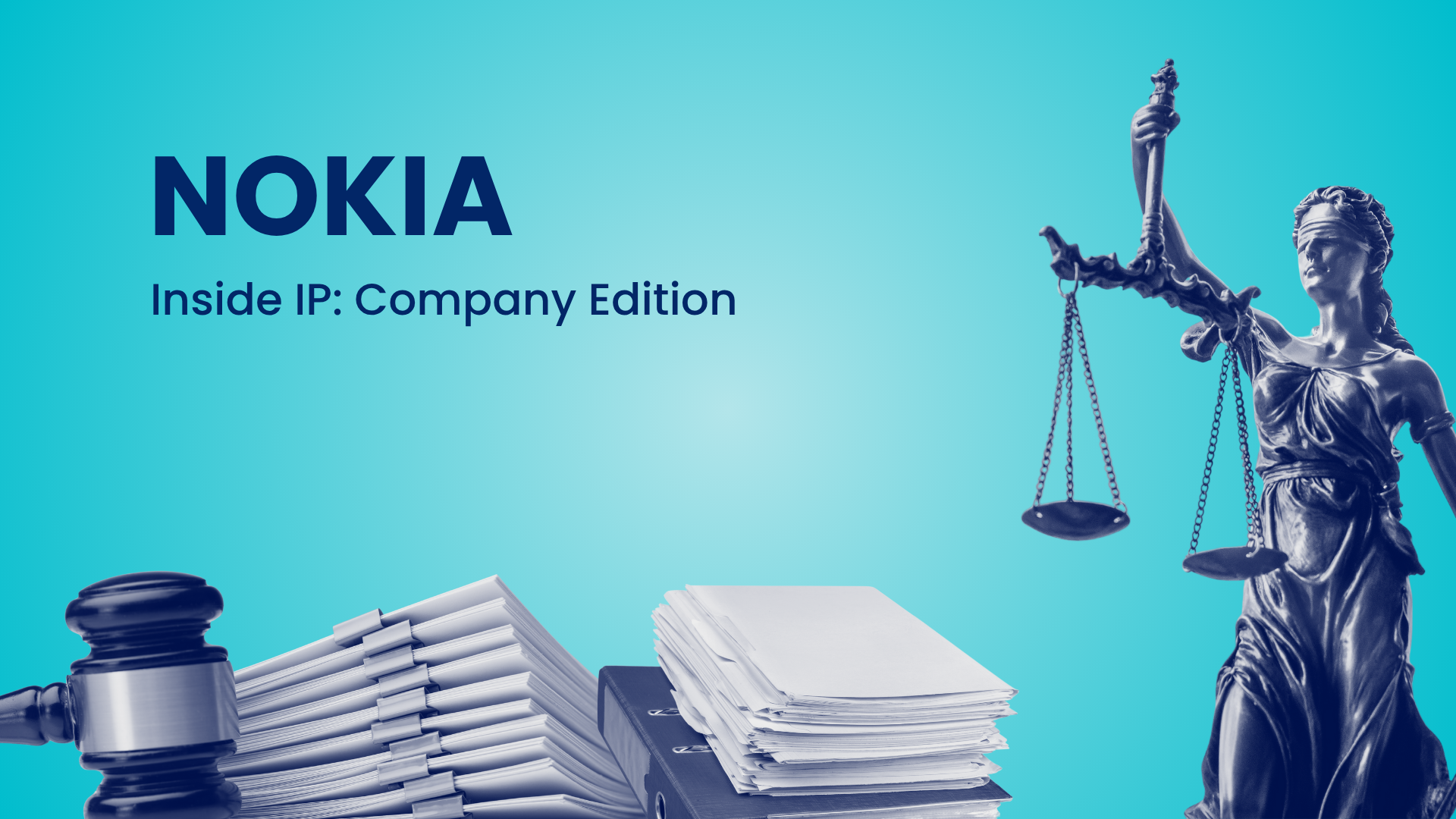In the rapidly evolving telecommunications landscape, intellectual property (IP) is not merely a legal asset; it is a fundamental pillar of innovation, market leadership, and competitive defense. As a global leader in network infrastructure and mobile technology, Nokia’s strategic management of its IP portfolio offers a compelling case study on how patent activities underpin long-term business objectives.
By meticulously cultivating its patent portfolio and adeptly navigating the complexities of IP litigation, Nokia continues to shape the future of wireless communication.
Evolving Litigation Dynamics for Nokia and Strategic IP Defense
Nokia, positioned at the forefront of technological advancement, naturally encounters the intricate challenges of patent litigation. Its engagement in these legal processes reflects a proactive stance in protecting its innovations and a strategic response to evolving market dynamics. An in-depth analysis of Nokia’s litigation footprint reveals a nuanced approach to safeguarding its extensive IP assets.
Litigation Trends: Navigating “Computers” and “Semiconductors” Domains
Examining Nokia’s patent litigation trends within the “Computers” and “Semiconductors” domains offers valuable insights into its strategic focus and the challenges inherent in leading technological innovation.
In the Computers domain, there was a period of significant activity between 2008 and 2016. This period saw periodic spikes in litigation, with peak activity of two cases each in 2009 and 2013. This heightened litigation pressure likely stemmed from Nokia’s innovations in computing technologies, with the number of cases stabilizing after 2016.
For Semiconductors, the activity was notably limited and contained. There was only a single year of significant activity, 2013, in which just one case was recorded. This suggests a much narrower scope of engagement or a more contained role in semiconductor-related technologies, possibly linked to its mobile device or network infrastructure.
These trends collectively illustrate Nokia’s historical emphasis on advancing computing and semiconductor technologies. While the “Computers” domain experienced bursts of activity tied to Nokia’s growth in mobile technology, the sparse litigation in “Semiconductors” highlights a more specialized involvement. These patterns will likely continue to evolve as Nokia expands its influence into next-generation technologies, including 5G and the Internet of Things (IoT).
Key Jurisdictions in Nokia’s Patent Litigation Landscape
Nokia’s significant involvement in patent litigation is prominently concentrated in two key venues, reflecting its comprehensive IP defense strategy:
- Patent Trial and Appeal Board (PTAB): Representing a significant portion of Nokia’s total patent cases, the PTAB serves as a critical forum for defending the company’s patents or challenging the validity of patents asserted against it. Nokia’s substantial engagement in this forum, accounting for a large number of its cases, underscores its focus on solidifying the strength of its intellectual property portfolio through administrative challenges.
- Eastern District of Texas (EDTX): Roughly a third of Nokia’s patent cases were filed in the Eastern District of Texas. This jurisdiction is renowned for its plaintiff-friendly environment and expedited trial timelines, making it a popular choice for patent holders. The high volume of cases in this district emphasizes the persistent patent infringement claims Nokia navigates within this jurisdiction.
These statistics collectively highlight Nokia’s active and multifaceted approach to defending its intellectual property, demonstrating a strong presence in both administrative validity disputes and judicial infringement challenges.
Nokia’s Approach to Litigation: A Preference for Resolution
Over a recent six-year period (2018 to 2023), Nokia’s approach to patent litigation as a defendant underscores a clear strategic preference for efficient resolution.
Of the total cases where the company was the defendant, which indicates a moderate level of exposure to intellectual property disputes, the great majority had clear resolutions. Nearly all of these cases were concluded through settlements or voluntary dismissals, demonstrating a strong tendency to reduce litigation risks and manage expenses. The one case that remained, representing a very small percentage of the total, was successfully defended, which suggests a deliberate strategy to contest claims when a settlement is not the preferred option.
This data suggests that Nokia consistently prioritizes settling cases to mitigate risks, maintain business stability, and avoid lengthy, resource-intensive trials.
Strategic Focus Areas: Nokia’s Commitment to Wireless Innovation
Nokia’s patent filing strategy strongly aligns with its core business in wireless communication technologies. An analysis of its Cooperative Patent Classification (CPC) data from 2013-2023 reveals a clear and consistent commitment to enhancing network performance and efficiency:
- Advanced Resource Allocation: Focusing on optimizing the performance of wireless networks.
- Enhanced Location-Based Services: Improving connectivity within mobile networks.
- Wireless Communication Protocols: Innovations aimed at boosting network efficiency and reducing latency.
- Data Traffic Management: Developing techniques to streamline overall communication system performance.
- Energy-Efficient Communication: Creating technologies to reduce power consumption in network devices.
These strategic areas underline Nokia’s dedication to pushing the boundaries of wireless communication capabilities, ensuring its leadership in developing the foundational technologies for future networks.
Geographic Reach: Nokia’s Global Inventor Footprint
Nokia’s innovation engine benefits from a globally diverse talent pool, reflecting its worldwide presence and collaborative approach to research and development. While its home country of Finland remains a primary source of inventorship, Nokia strategically leverages expertise from several other key nations in its patenting efforts:
- Finland: The core hub for Nokia’s inventive activities.
- United States: A significant contributor, tapping into one of the world’s leading innovation ecosystems.
- Germany: Reflecting a strong presence in European technological advancements.
- China: Underscoring engagement with a rapidly expanding innovation landscape.
- Denmark: Contributing specialized expertise to Nokia’s global R&D initiatives.
This distributed innovation footprint highlights Nokia’s reliance on leveraging international brainpower to drive its technological progress, fostering a rich environment for groundbreaking inventions that bolster its patent portfolio.
Want regular updates on how your competitors are using patents to gain an edge?
Subscribe to our Inside IP newsletter for insights into patent filings, litigation shifts, licensing opportunities, and strategy breakdowns across tech and innovation-driven sectors.
Track your Competitors’ IP Strategy
Subscribe for Updates

